Search
Items tagged with: TheSolarSystem

How Long Does it Take to Get to the Moon... Mars... Jupiter? We Asked a NASA Expert: Episode 51 - NASA
So how long does it take to get from Earth to the Moon, to Mars or to Jupiter? As with most things in life, the answer is: it depends.Emily Furfaro (NASA)
Why Does the Moon Look Larger at the Horizon? We Asked a NASA Scientist: Episode 50 - NASA
Why does the Moon look larger on the horizon? The short answer is, we don't know.Emily Furfaro (NASA)

Stephanie Getty: Exploring the Universe with Curiosity and Wonder - NASA
Name: Dr. Stephanie GettyJessica Evans (NASA)
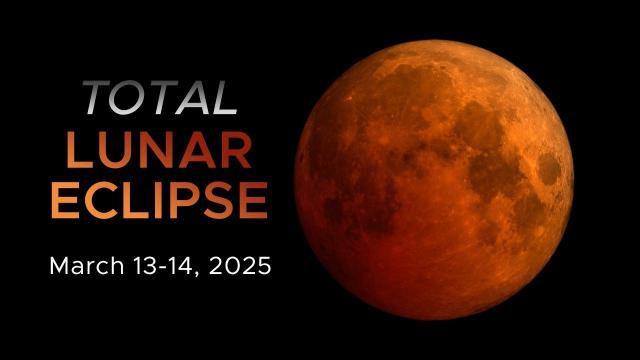
What You Need To Know About the March 2025 Total Lunar Eclipse
A total lunar eclipse will tint the Moon red-orange on the night of March 13 or early in the morning of March 14, depending on your time zone.Caela Barry (NASA Science)

NASA Juno Mission Spots Most Powerful Volcanic Activity on Io to Date - NASA
Even by the standards of Io, the most volcanic celestial body in the solar system, recent events observed on the Jovian moon are extreme.Anthony Greicius (NASA)

NASA’s Webb Reveals Smallest Asteroids Yet Found in Main Asteroid Belt - NASA
NASA’s powerful James Webb Space Telescope includes asteroids on its list of objects studied and secrets revealed.Aaron McKinnon (NASA)

NASA DAVINCI Mission’s Many ‘Firsts’ to Unlock Venus’ Hidden Secrets - NASA Science
NASA's DAVINCI probe will be first in 21st century to brave Venus’ atmosphere as it descends from above the planet down to its surface.science.nasa.gov

NASA Researchers Discover More Dark Comets - NASA
These celestial objects look like asteroids but act like comets now come in two flavors.Naomi Hartono (NASA)

Annual Science Conference to Highlight NASA Research - NASA Science
NASA researchers will present findings on Earth science, planetary science, and heliophysics at the upcoming American Geophysical Union (AGU) 2024 annual meeting in Washington, DC, beginning on Monday, Dec. 9.science.nasa.gov

NASA-Led Team Links Comet Water to Earth’s Oceans - NASA Science
Scientists say cometary dust affects interpretation of spacecraft measurements, reopening the case for comets as potential sources of water for early Earth.science.nasa.gov
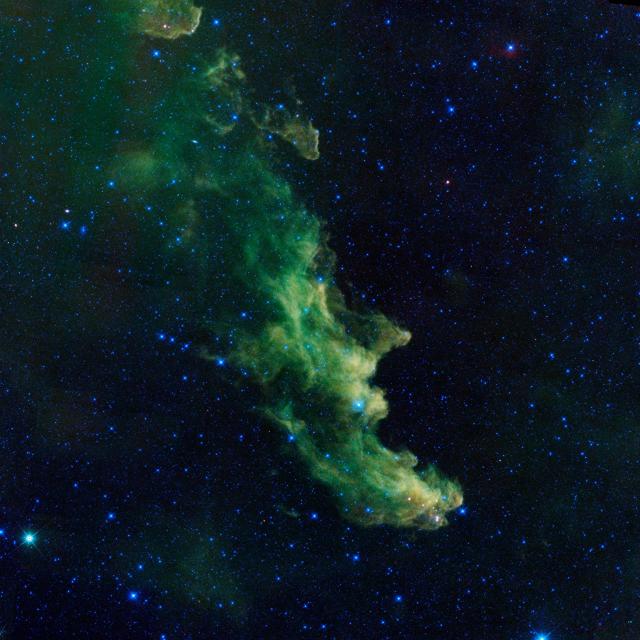
Sinister Solar System - NASA Science
Our universe is full of mysterious sights. Explore some of our most frightful finds from past Halloweens.science.nasa.gov
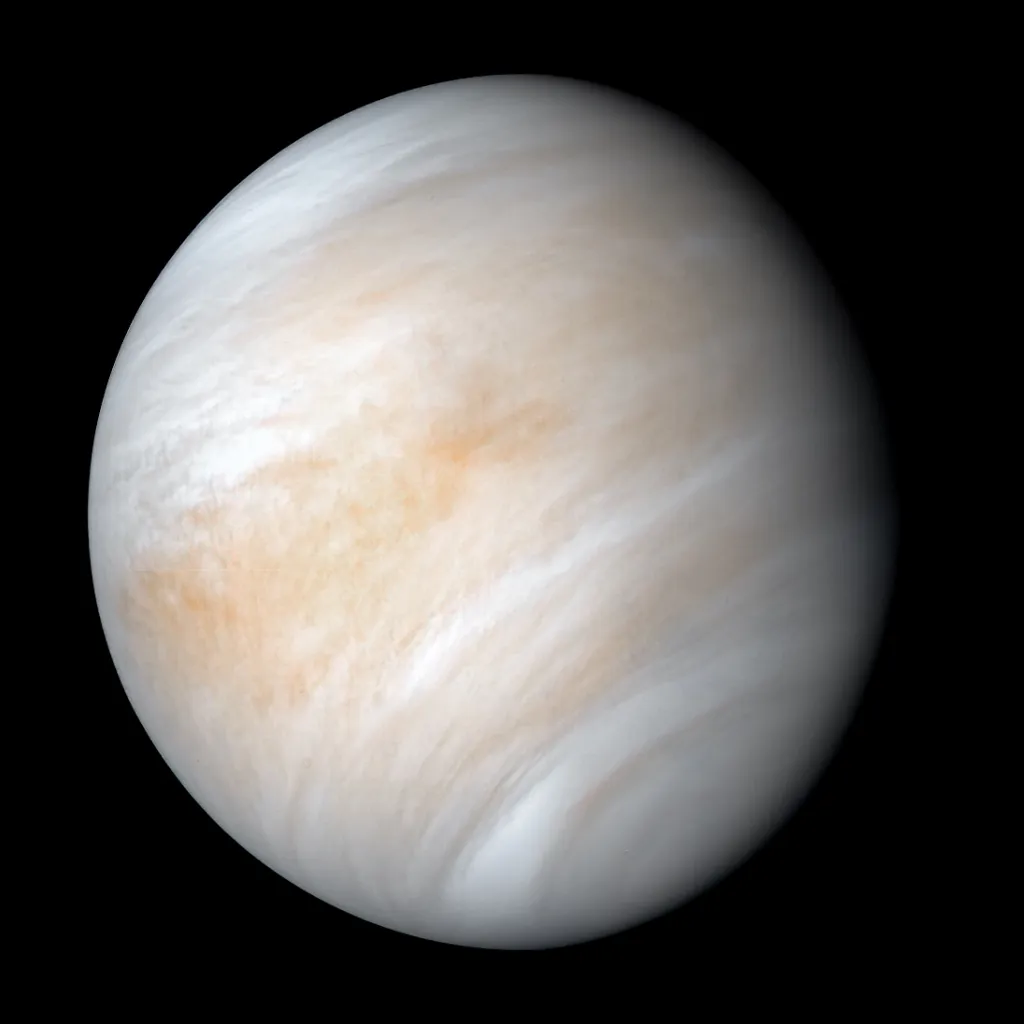
Old Data Yields New Secrets as NASA’s DAVINCI Preps for Venus Trip - NASA Science
How NASA's DAVINCI mission to Venus uses old data to reveal new secrets.science.nasa.gov
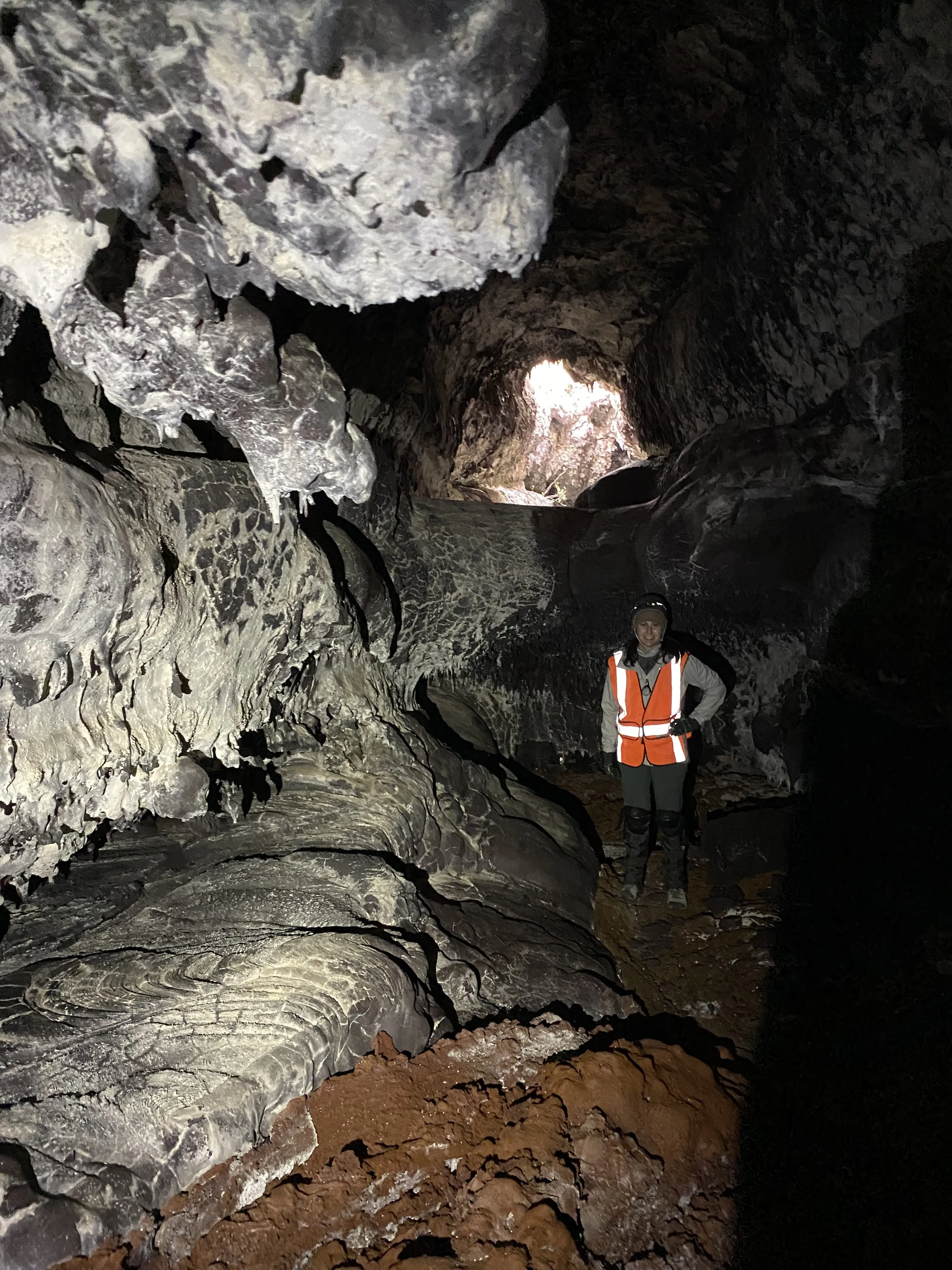
Christine Knudson Uses Earthly Experience to Study Martian Geology - NASA
Geologist Christine Knudson works with the Curiosity rover to explore Mars — from about 250 million miles away.Rob Garner (NASA)
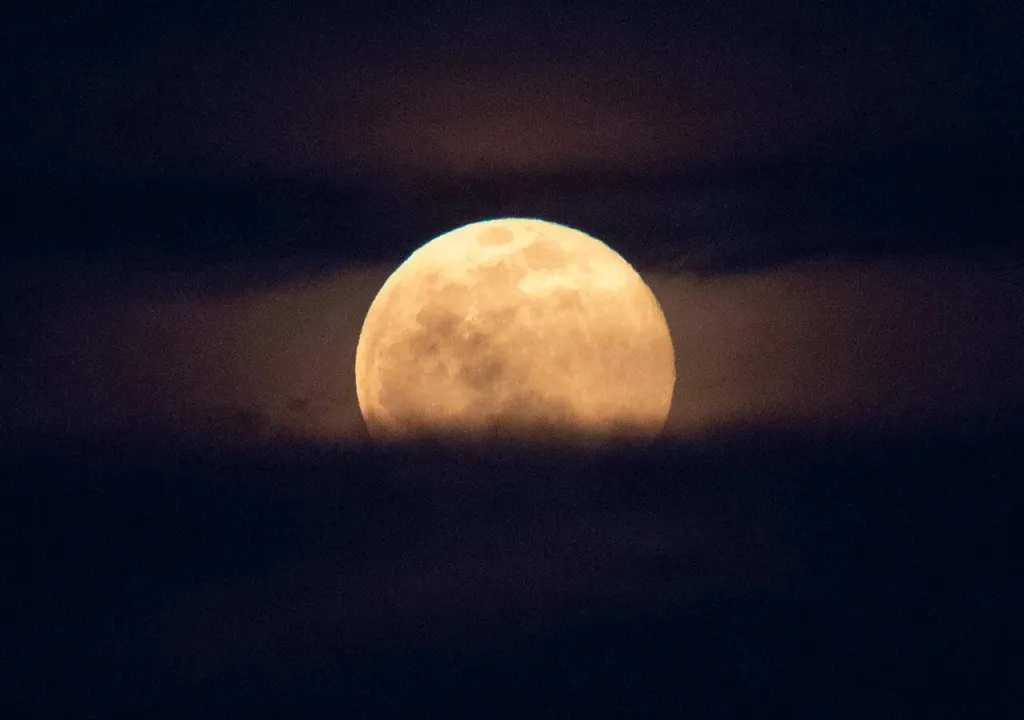
The Next Full Moon is a Supermoon, and the Hunter's Moon - NASA Science
The next full Moon will be Thursday morning, Oct. 17, 2024, at 7:26 a.m. EDT. This will be the third of four consecutive supermoons.science.nasa.gov
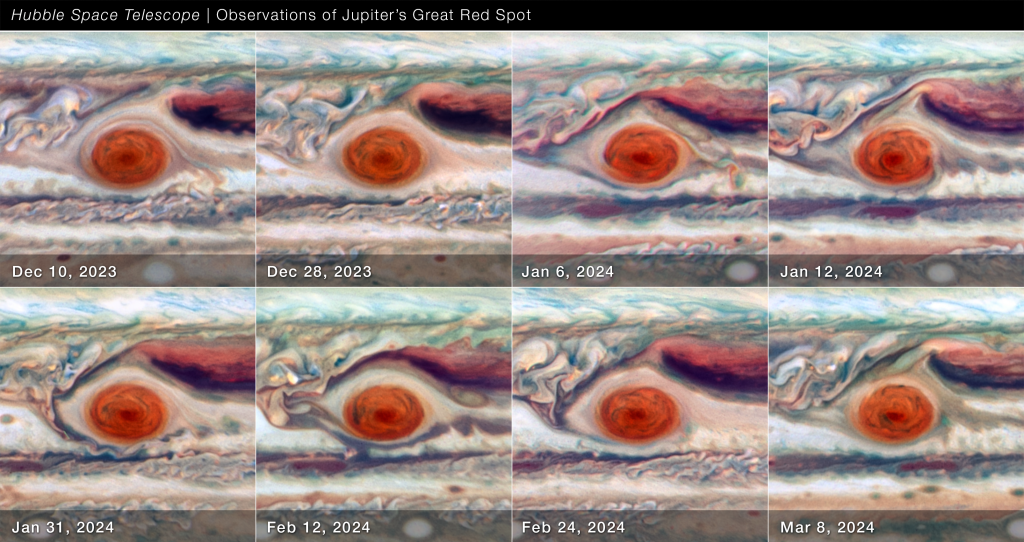
NASA's Hubble Watches Jupiter's Great Red Spot Behave Like a Stress Ball - NASA Science
Astronomers have observed Jupiter’s legendary Great Red Spot (GRS), an anticyclone large enough to swallow Earth, for at least 150 years. But there are always new surprises – especially when NASA’s Hubble Space Telescope takes a close-up look at it.science.nasa.gov
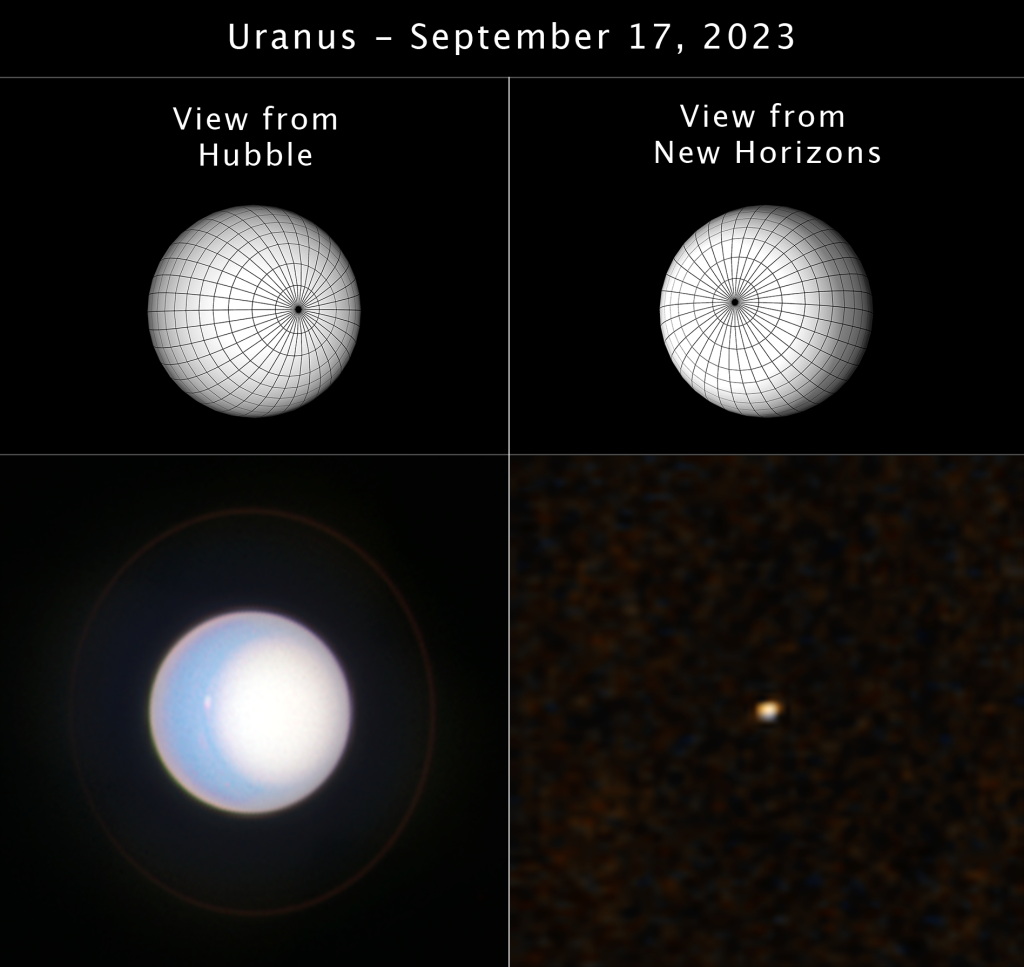
NASA's Hubble, New Horizons Team Up for a Simultaneous Look at Uranus - NASA Science
NASA’s Hubble Space Telescope and New Horizons spacecraft simultaneously set their sights on Uranus recently, allowing scientists to make a direct comparison of the planet from two very different viewpoints.science.nasa.gov
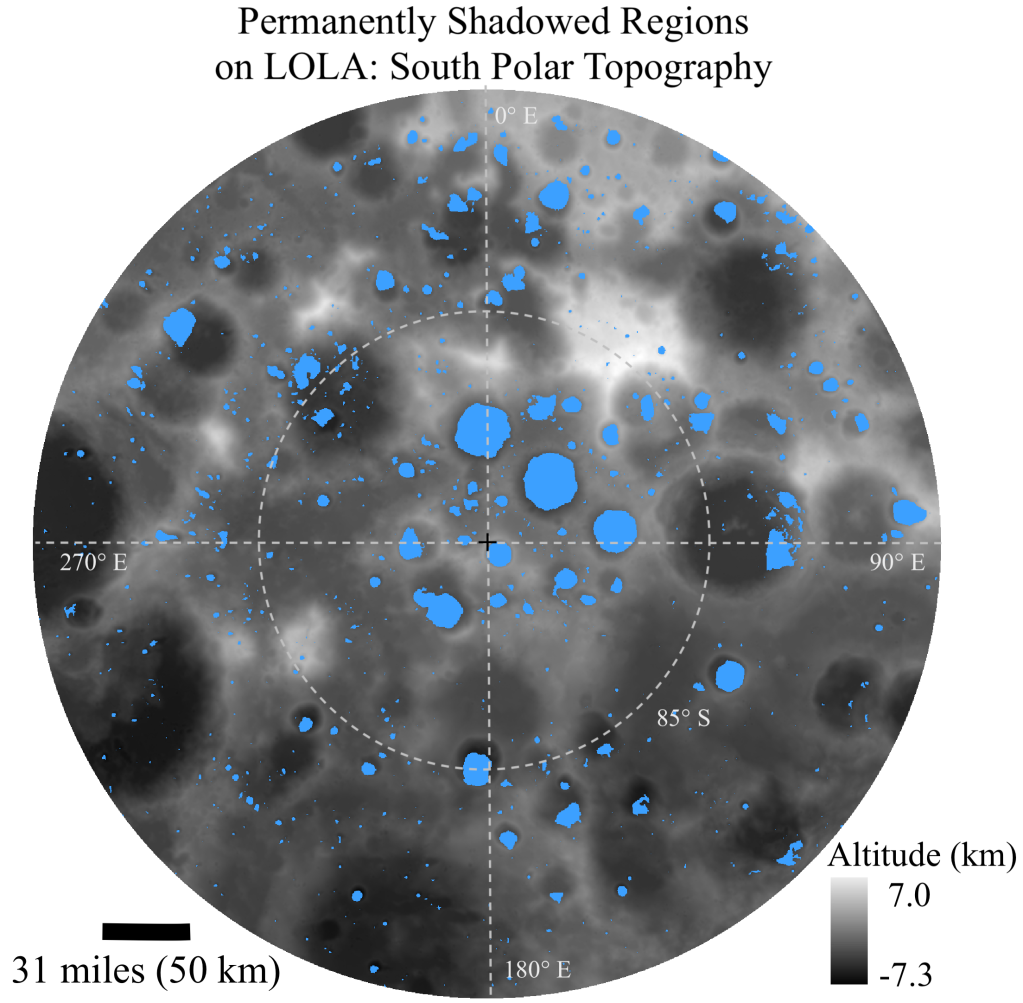
NASA’s LRO: Lunar Ice Deposits are Widespread - NASA Science
Deposits of ice in lunar dust and rock (regolith) are more extensive than previously thought, according to a new analysis of data from NASA’s LRO (Lunar Reconnaissance Orbiter) mission. Ice would be a valuable resource for future lunar expeditions.science.nasa.gov
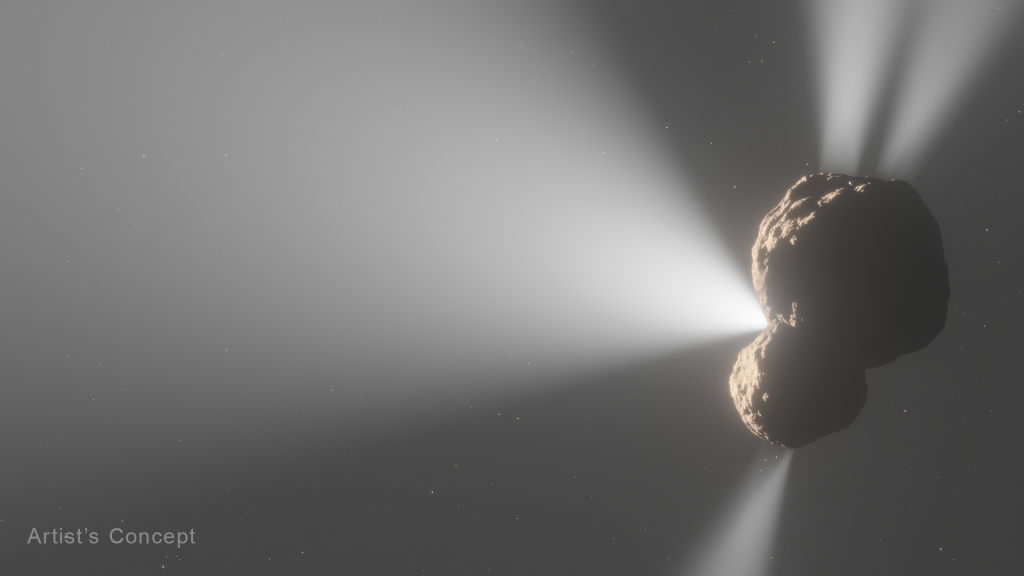
NASA’s Webb Reveals Unusual Jets of Volatile Gas from Icy Centaur 29P - NASA Science
Inspired by the half-human, half-horse creatures that are part of Ancient Greek mythology, the field of astronomy has its own kind of centaurs: distant objects orbiting the Sun between Jupiter and Neptune.science.nasa.gov
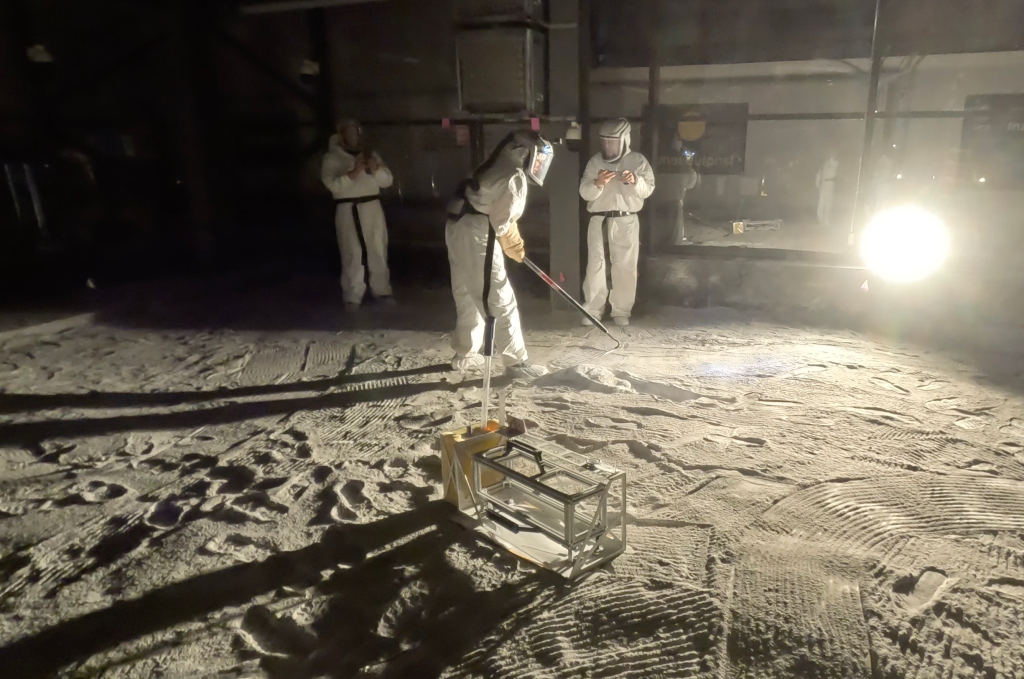
NASA’s Artemis Science Instrument Gets Tested in Moon-Like Sandbox - NASA Science
Scientists and engineers test an instrument suite in development for NASA's Artemis III mission in a “sandbox” of simulated Moon "soil."science.nasa.gov
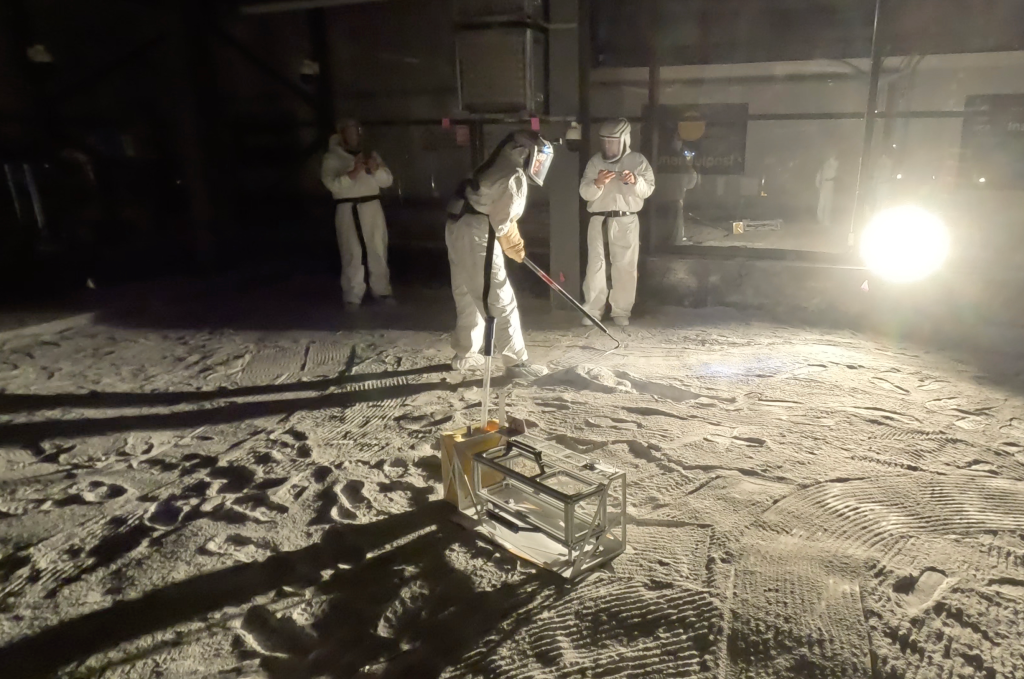
NASA’s Artemis Science Instrument Gets Tested in Moon-Like Sandbox - NASA Science
Scientists and engineers test an instrument suite in development for NASA's Artemis III mission in a “sandbox” of simulated Moon "soil."science.nasa.gov

New Video Series Spotlights Engineers on NASA’s Europa Clipper Mission - NASA
With NASA’s Europa Clipper just weeks away from launch, five short videos give a behind-the-scenes peek at some of the engineers dedicated to making theNaomi Hartono (NASA)
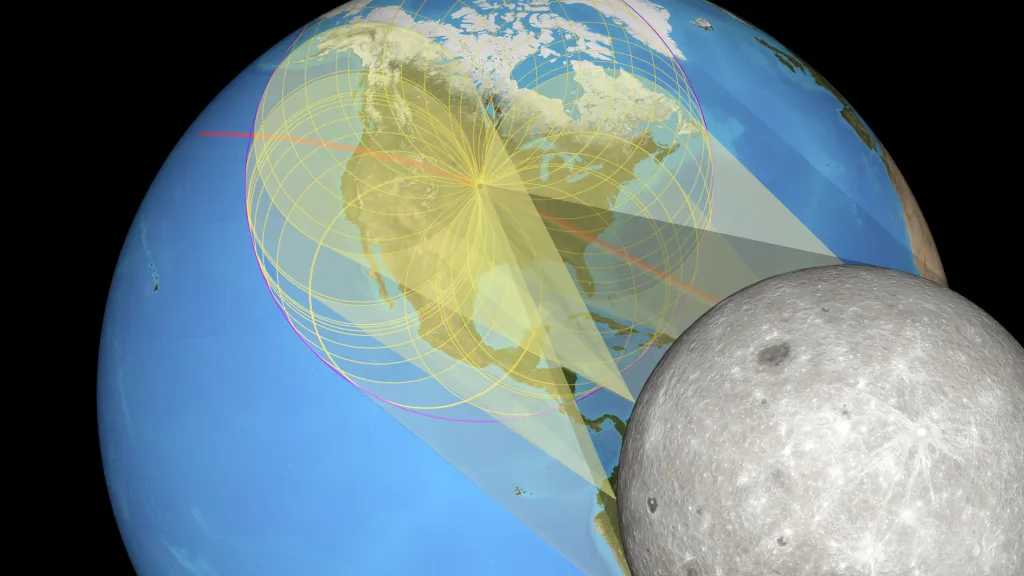
NASA Develops Process to Create Very Accurate Eclipse Maps - NASA Science
New NASA research reveals a process to generate extremely accurate eclipse maps, which plot the predicted path of the Moon’s shadow as it crosses the face of Earth.science.nasa.gov
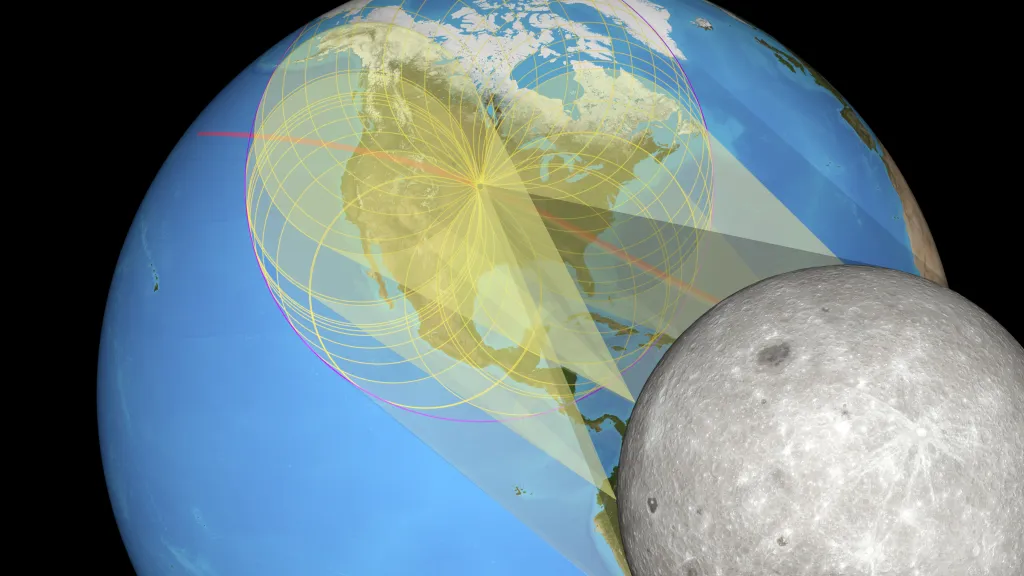
NASA Develops Process to Create Very Accurate Eclipse Maps - NASA Science
New NASA research reveals a process to generate extremely accurate eclipse maps, which plot the predicted path of the Moon’s shadow as it crosses the face of Earth.science.nasa.gov
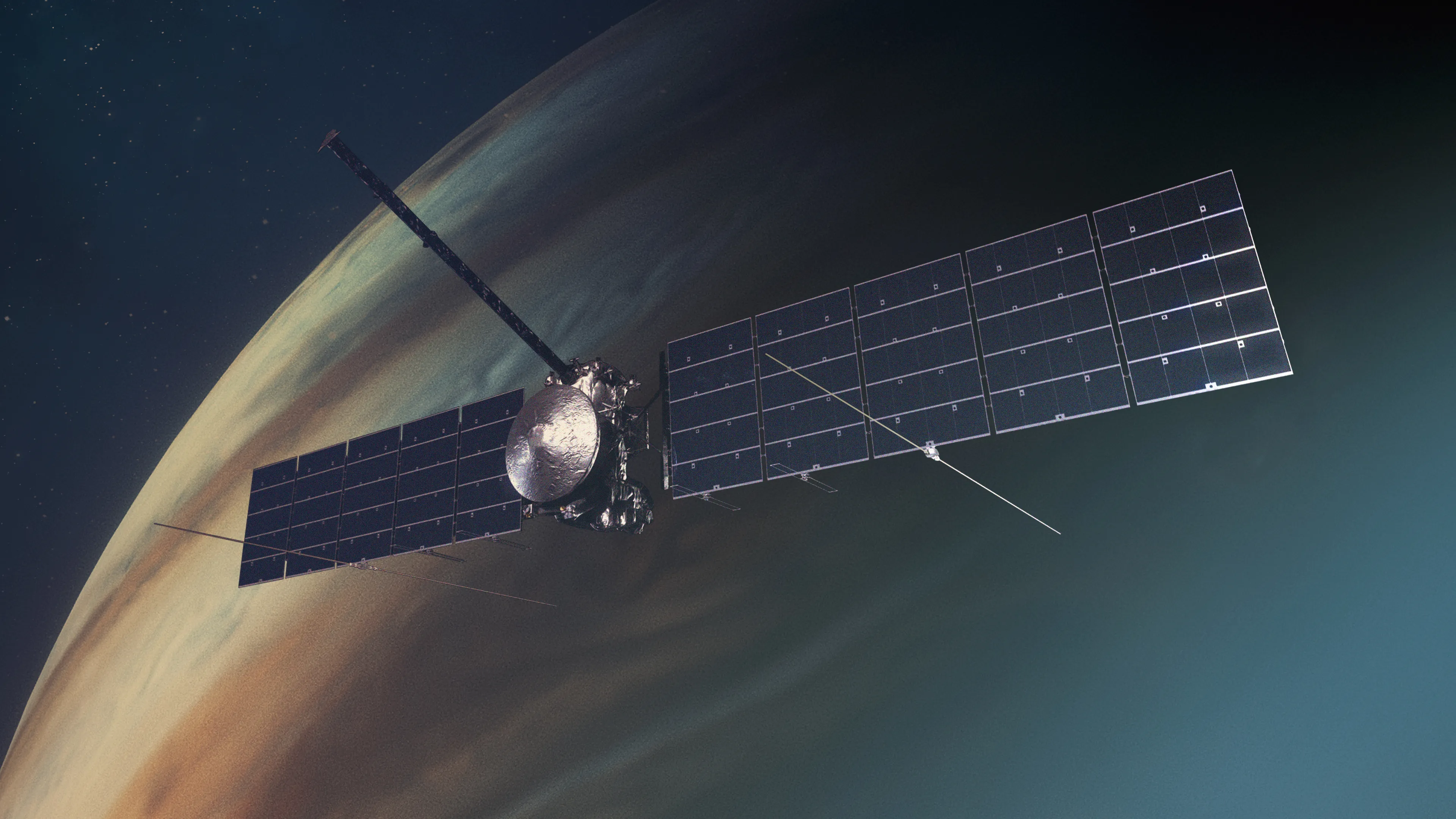
8 Things to Know About NASA’s Mission to an Ocean Moon of Jupiter - NASA
The first NASA spacecraft dedicated to studying an ocean world beyond Earth, Europa Clipper aims to find out if the ice-encased moon Europa could be habitable.Anthony Greicius (NASA)
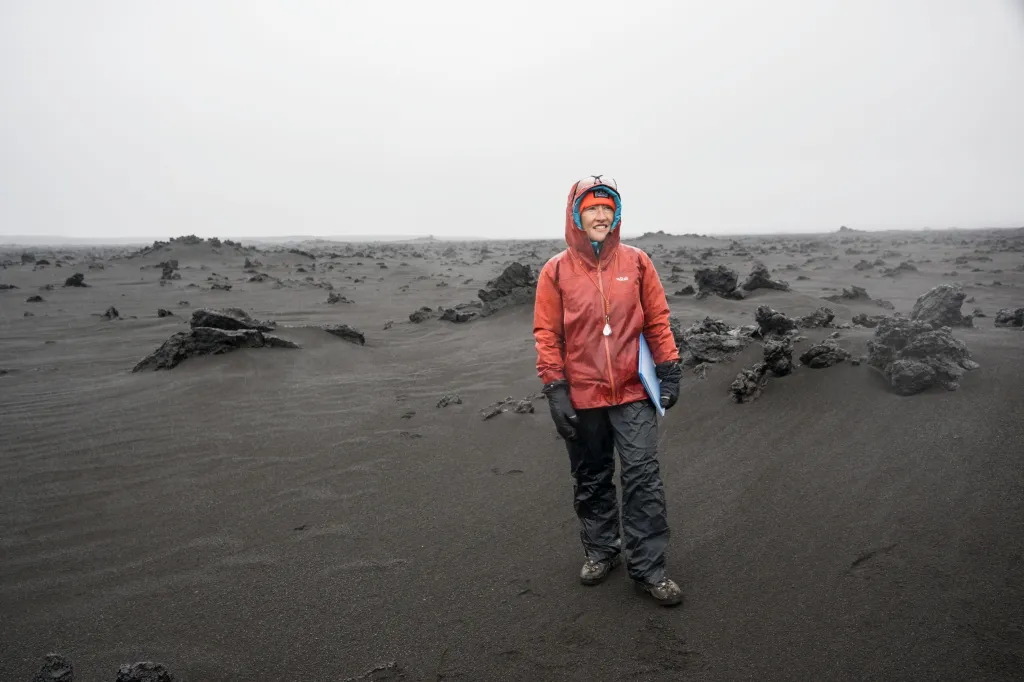
NASA’s Artemis II Crew Uses Iceland Terrain for Lunar Training - NASA Science
At first glance, it seems like a scene from an excursion on the Moon’s surface…except the people are in hiking gear, not spacesuits.science.nasa.gov
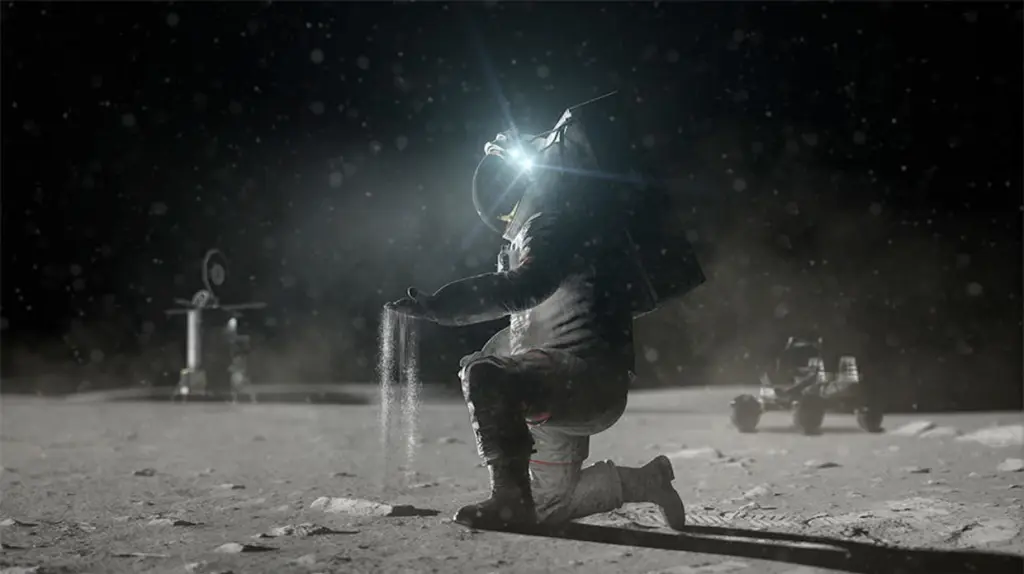
9 Phenomena NASA Astronauts Will Encounter at Moon’s South Pole - NASA Science
Weird lighting and long shadows are among the out-of-this-world phenomena NASA astronauts will experience at the Moon's south polar region.science.nasa.gov
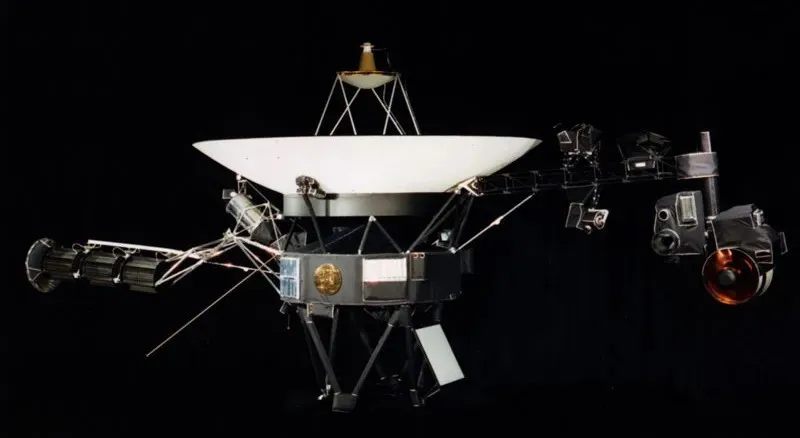
Voyager 1 Team Accomplishes Tricky Thruster Swap - NASA Science
The spacecraft uses its thrusters to stay pointed at Earth, but after 47 years in space some of the fuel tubes have become clogged.science.nasa.gov
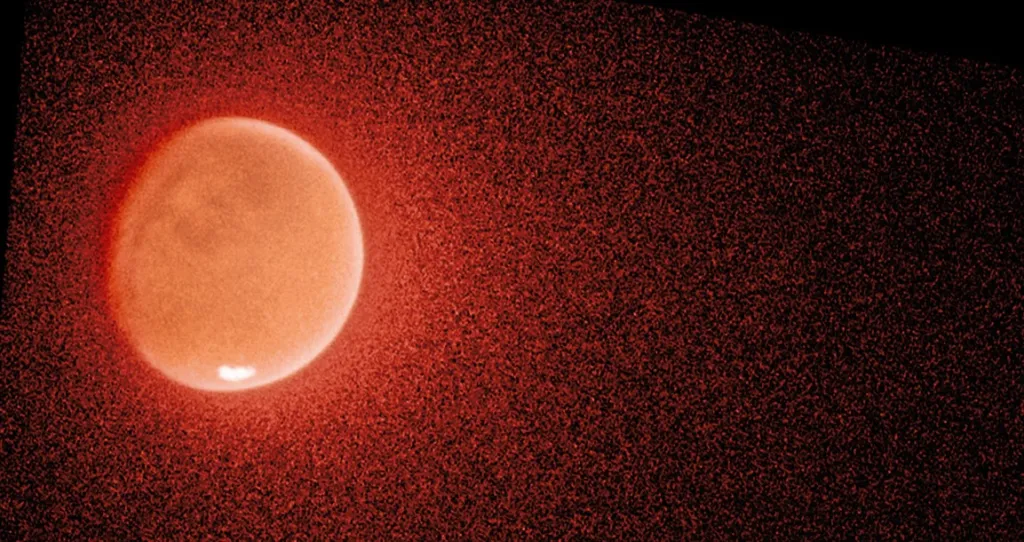
NASA's Hubble, MAVEN Help Solve the Mystery of Mars' Escaping Water - NASA Science
Mars was once a very wet planet as is evident in its surface geological features. Scientists know that over the last 3 billion years, at least some water went deep underground, but what happened to the rest? Now, NASA’s Hubble Space Telescope and MAV…science.nasa.gov
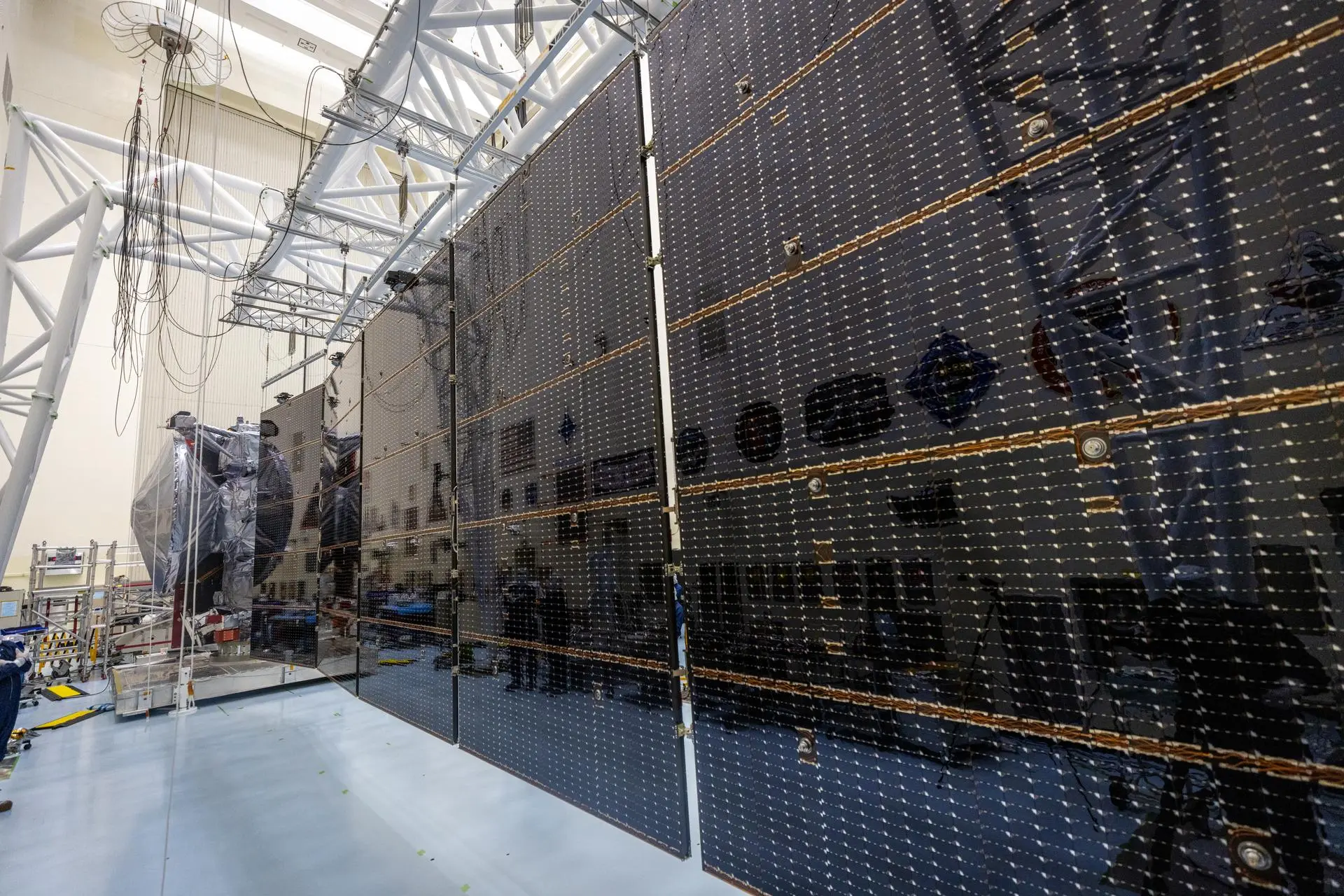
NASA’s Europa Clipper Gets Set of Super-Size Solar Arrays - NASA
The largest spacecraft NASA has ever built for planetary exploration just got its ‘wings’ — massive solar arrays to power it on the journey to Jupiter’s icyAnthony Greicius (NASA)
Danish Instrument Helps NASA’s Juno Spacecraft See Radiation - NASA
Using cameras designed for navigation, scientists count ‘fireflies’ to determine the amount of radiation the spacecraft receives during each orbit of Jupiter.Naomi Hartono (NASA)

NASA’s Perseverance Rover to Begin Long Climb Up Martian Crater Rim - NASA
After 2½ years exploring Jezero Crater’s floor and river delta, the rover will ascend to an area where it will search for more discoveries that could rewriteAnthony Greicius (NASA)

The Next Full Moon is a Supermoon Blue Moon - NASA Science
The full Moon will be Monday afternoon, August 19, 2024, at 2:26 PM EDT. The Moon will appear full from Sunday morning through early Wednesday morning.science.nasa.gov
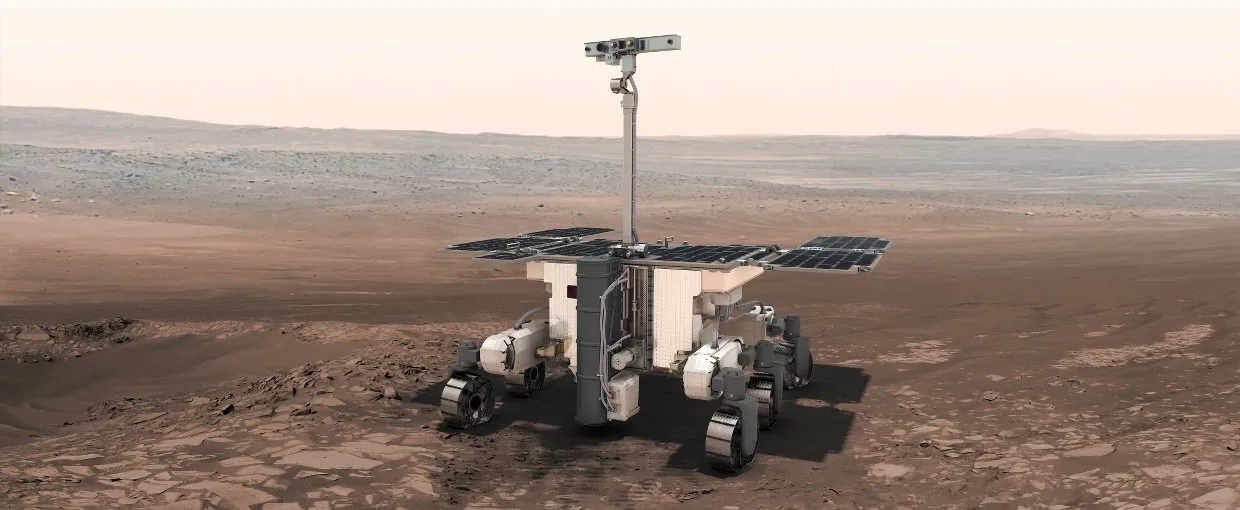
NASA Trains Machine Learning Algorithm for Mars Sample Analysis - NASA
When a robotic rover lands on another world, scientists have a limited amount of time to collect data from the troves of explorable material, because of shortRob Garner (NASA)

NASA’s DART Mission Sheds New Light on Target Binary Asteroid System - NASA Science
In studying data collected from NASA’s DART (Double Asteroid Redirection Test) mission, which in 2022 sent a spacecraft to intentionally collide with the asteroid moonlet Dimorphos, the mission’s science team has discovered new information on the ori…science.nasa.gov

NASA’s DART Mission Sheds New Light on Target Binary Asteroid System - NASA Science
In studying data collected from NASA’s DART (Double Asteroid Redirection Test) mission, which in 2022 sent a spacecraft to intentionally collide with the asteroid moonlet Dimorphos, the mission’s science team has discovered new information on the ori…science.nasa.gov
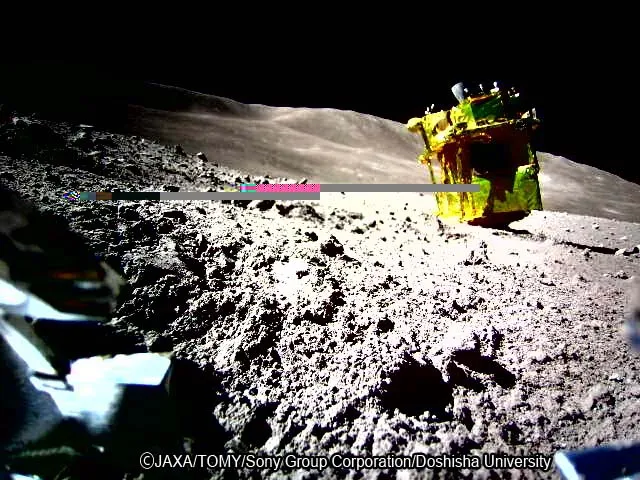
NASA, JAXA Bounce Laser Beam Between Moon’s Surface and Lunar Orbit - NASA Science
NASA’s Lunar Reconnaissance Orbiter has twice transmitted a laser pulse to a cookie-sized retroreflector aboard JAXA’s (Japan Aerospace Exploration Agency) SLIM lander on the Moon and received a return signal.science.nasa.gov

NASA’s Perseverance Rover Scientists Find Intriguing Mars Rock - NASA
The six-wheeled geologist found a fascinating rock that has some indications it may have hosted microbial life billions of years ago, but further research isAnthony Greicius (NASA)
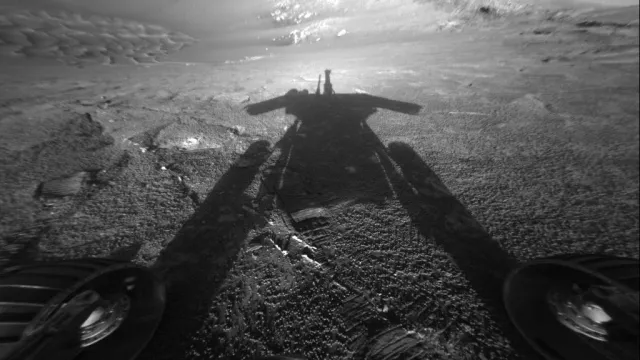
10 Things for Mars 10 - NASA Science
Scientists from around the world are gathering this week in California to take stock of the state of science from Mars. Here are 10 recent significant events that got scientists talkingscience.nasa.gov
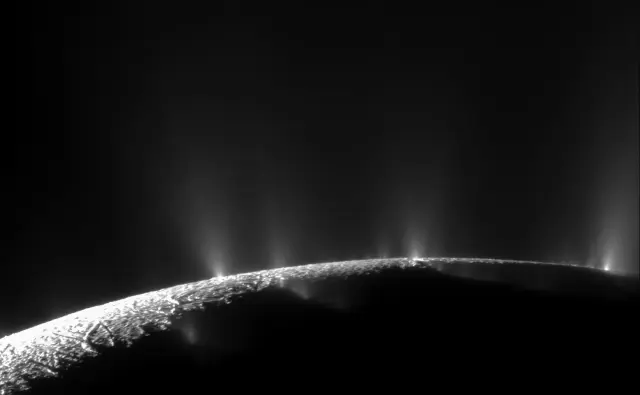
NASA: Life Signs Could Survive Near Surfaces of Enceladus and Europa - NASA Science
If the oceans of these two icy moons support life, a NASA experiment suggests signatures of that life could survive just beneath the surface ice.science.nasa.gov
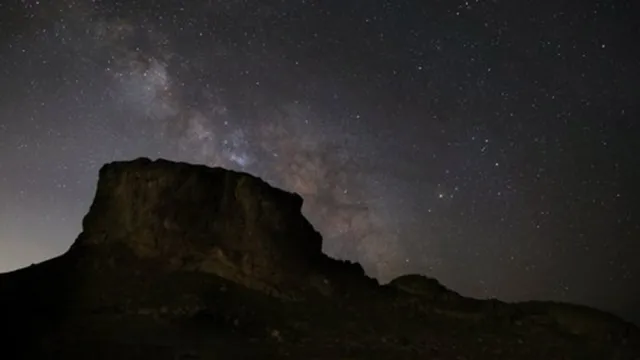
What's Up: July 2024 Skywatching Tips from NASA - NASA Science
What are some skywatching highlights in July 2024?The Moon and planets come together twice in the morning sky – at the start and end of July.science.nasa.gov
